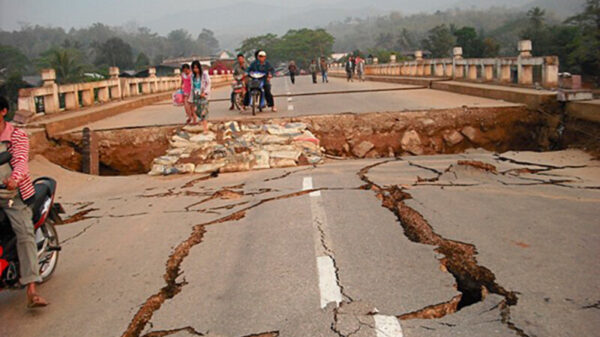Los Angeles Wildfires Impact on Municipal Bonds
The recent devastating wildfires in Los Angeles have caused significant loss of life and an estimated $275 billion in damages, prompting municipal bond strategists to reassess climate-related risks. Despite some downgrades, such as the Los Angeles Department of Water and Power (LADWP) by S&P Global Ratings, the municipal bond market remains generally resilient. Experts emphasize the need for diversification to mitigate environmental risks.
Overview of the Los Angeles Wildfires
In early January 2025, Los Angeles experienced catastrophic wildfires that ravaged over 30,000 acres, resulting in at least 28 fatalities and the destruction of approximately 10,000 structures, including homes and businesses. The financial toll is estimated at $275 billion, with a significant portion being uninsured losses.
Immediate Financial Implications
The extensive damage has strained local government finances due to decreased property taxes and unpaid utility bills from destroyed properties and evacuated residents. Public services, including schools and community colleges, are facing budget constraints as a result.
Impact on Municipal Bonds
The wildfires have led to increased scrutiny of municipal bonds associated with the affected areas. For instance, bonds issued by the Altadena Public Library traded lower, reflecting growing concerns in the municipal market about the financial stability of institutions in wildfire-prone regions.
S&P Global Ratings’ Downgrade of LADWP
S&P Global Ratings downgraded LADWP’s power system bonds by two notches, from AA- to A, citing the potential financial strain from the wildfires. This downgrade highlights the increased credit risk perceived by investors in utilities operating in high-risk areas.
Resilience of the Municipal Bond Market
Despite these challenges, the municipal bond market has demonstrated resilience. Federal and state aid, along with the state’s economic strength, provide stability. Investors are advised to diversify their portfolios to mitigate environmental risks, balancing potential opportunities with caution.
Federal and State Assistance
Recovery efforts are expected to be supported by a combination of federal and state assistance, as well as state and local reserves. This collaborative approach aims to alleviate the financial burdens on municipalities and support rebuilding efforts.
Long-Term Credit Risks
A significant long-term credit risk to municipal borrowers in California is the impact on the private insurance market. The concept of liquidity is a key focus, as governmental entities must incur disaster-related expenses prior to receiving federal reimbursements.
Investor Considerations
Investors are encouraged to assess the environmental risks associated with municipal bonds, particularly those linked to regions prone to natural disasters. Diversification and thorough due diligence are essential strategies to manage potential risks in their investment portfolios.
Future Outlook
As climate-related events become more frequent, the municipal bond market may face increased volatility. Ongoing assessment of climate risks and proactive measures by municipalities to enhance resilience will be crucial in maintaining investor confidence.
Conclusion
The Los Angeles wildfires have underscored the importance of incorporating climate risk assessments into municipal bond investment strategies. While the market remains resilient, continued vigilance and adaptive strategies are essential to navigate the evolving landscape.




































